LLNL Forensic Science Center scientists earned an “A” grade in the Organisation for the Prohibition of Chemical Weapons’ (OPCW) recent biomedical proficiency test.
Science and Technology Highlights
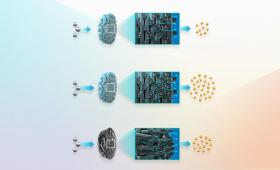
To take advantage of the growing abundance and cheaper costs of renewable energy, Livermore scientists and engineers are 3D printing flow-through electrodes.
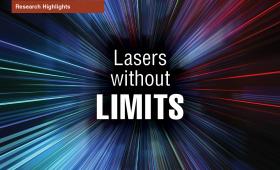
The next generation of high-repetition-rate, short-pulse lasers promises to accelerate and advance high-energy-density and photon science.
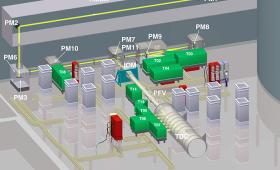
The new Precision Diagnostic System has an advanced array of diagnostic tools that help researchers experiment with potential methods to increase laser performance
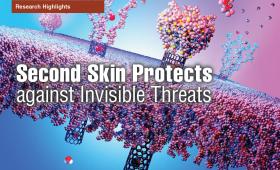
New materials made with carbon nanotube composites and a special thin polymer layer protect first responders from chemical and biological threats without sacrificing breathability and comfort.
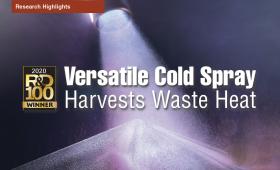
A new take on an additive manufacturing tool may be the key to capturing waste heat from manufacturing processes and converting it to electricity.
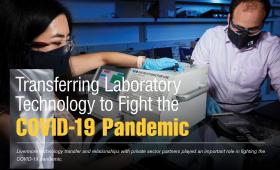
Livermore technology transfer and private-sector partnerships played an important role in fighting the COVID-19 pandemic.
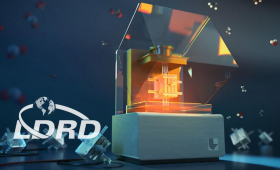
A research team leverages the power of 3D printing to improve the performance of electrochemical reactors used to convert carbon dioxide (CO2) to useful energy sources, chemicals and material feedstocks.
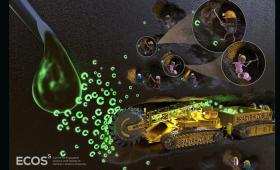
Just a few bacterial groups found in ecosystems across the planet are responsible for more than half of carbon cycling in soils.

Livermore researchers have developed and are now installing high-quality fused silica debris shields to increase the National Ignition Facility’s shot rate.


